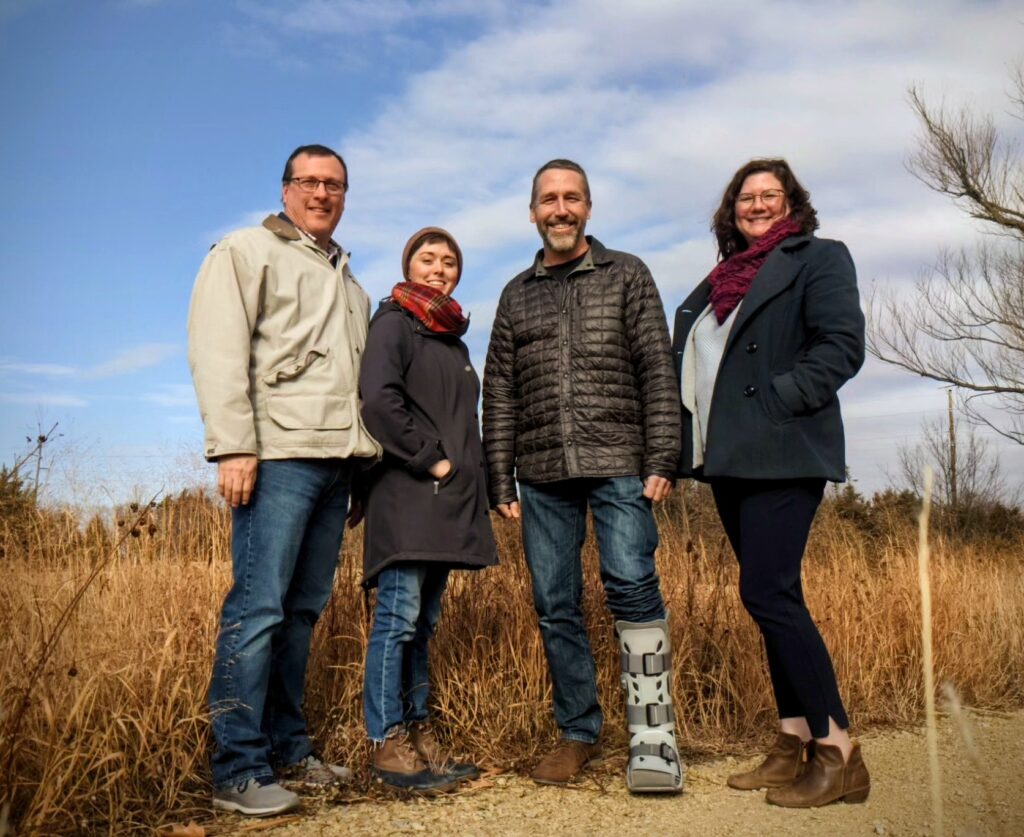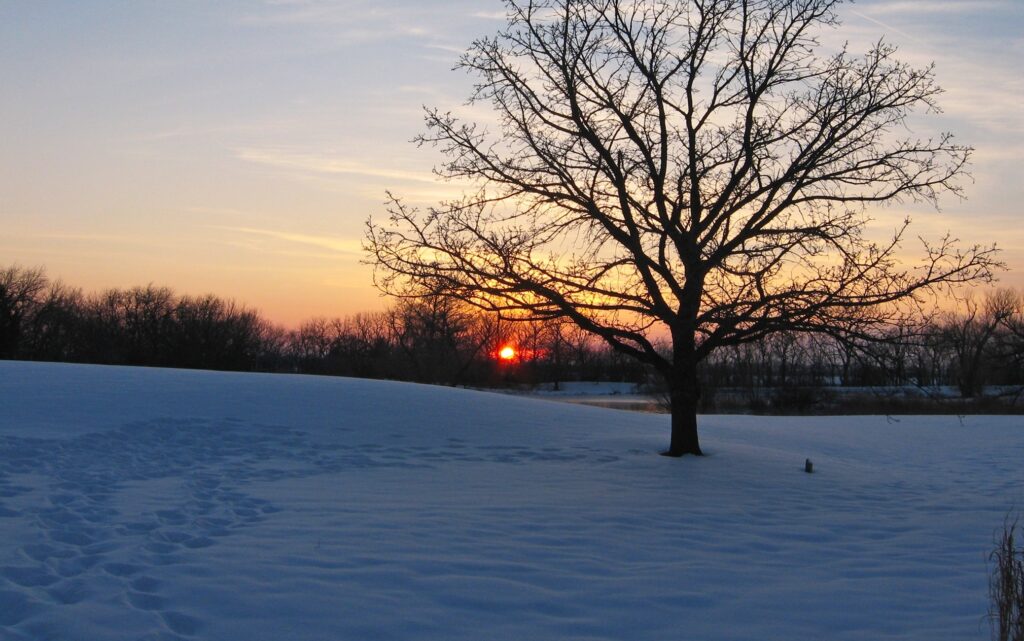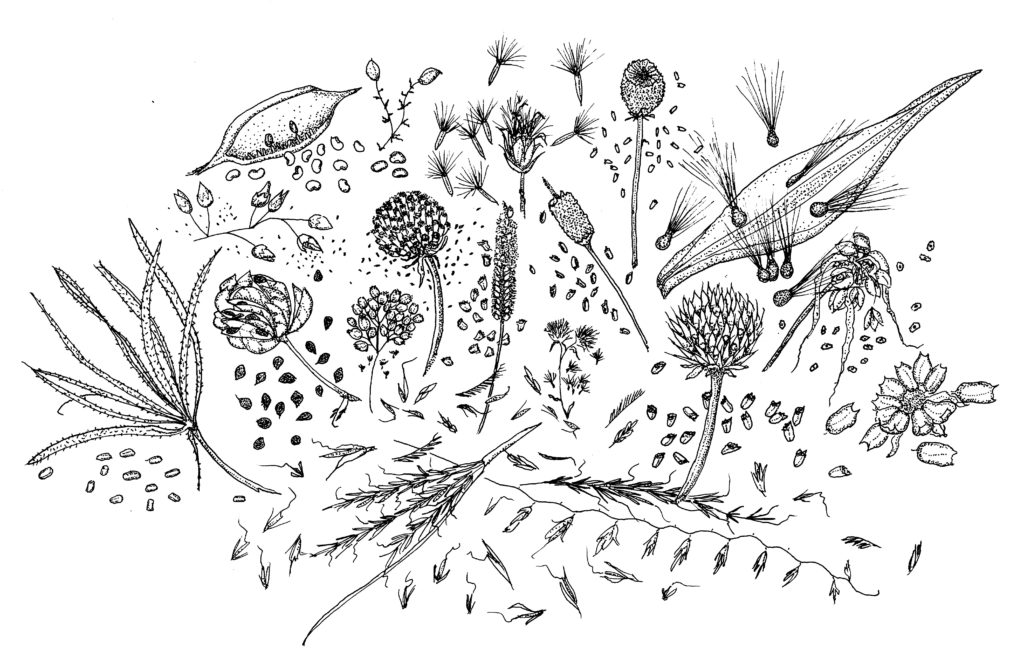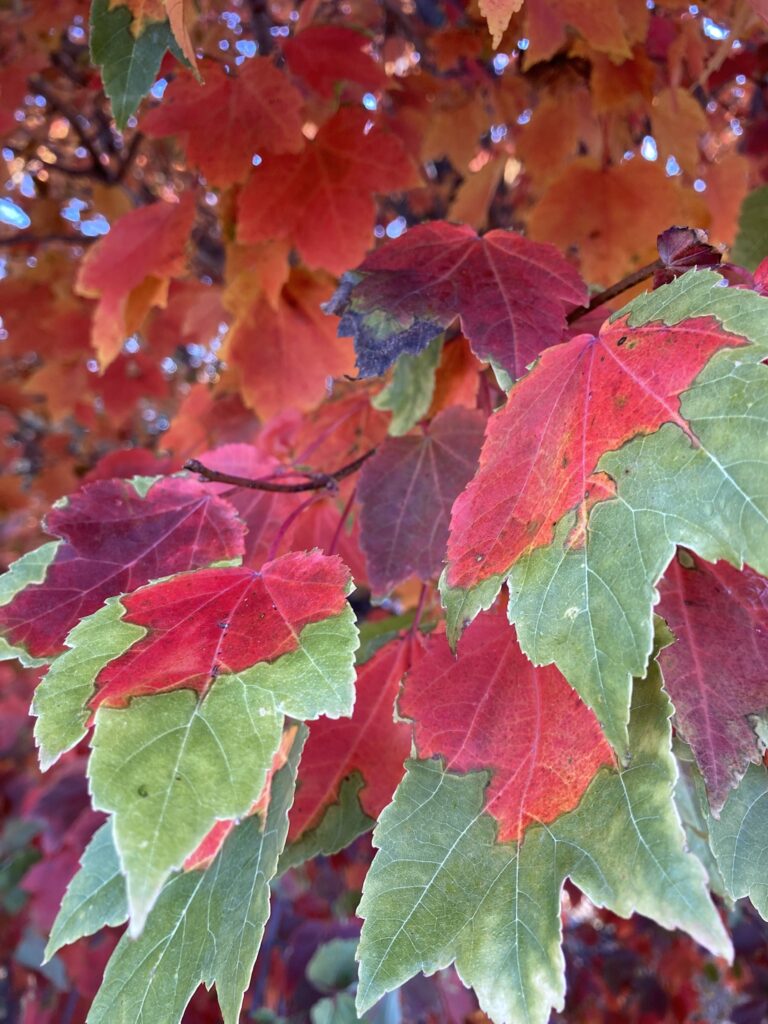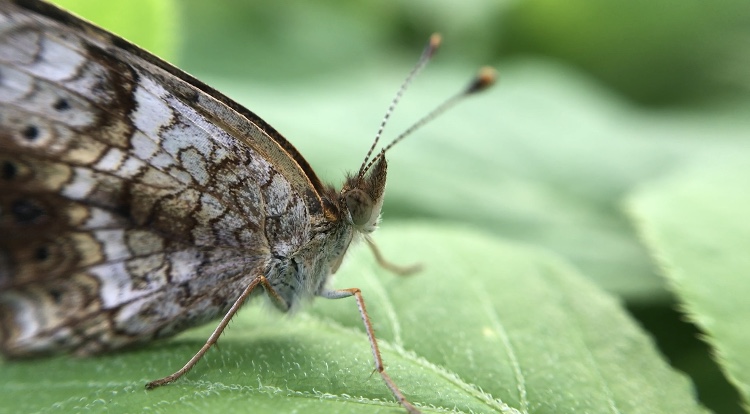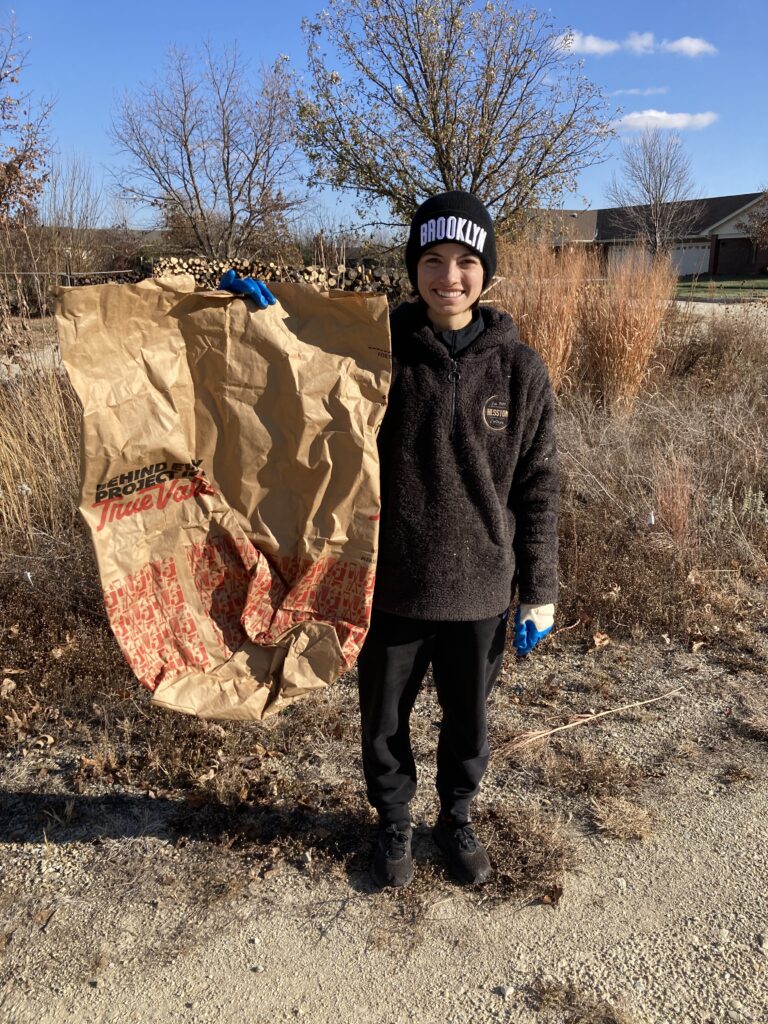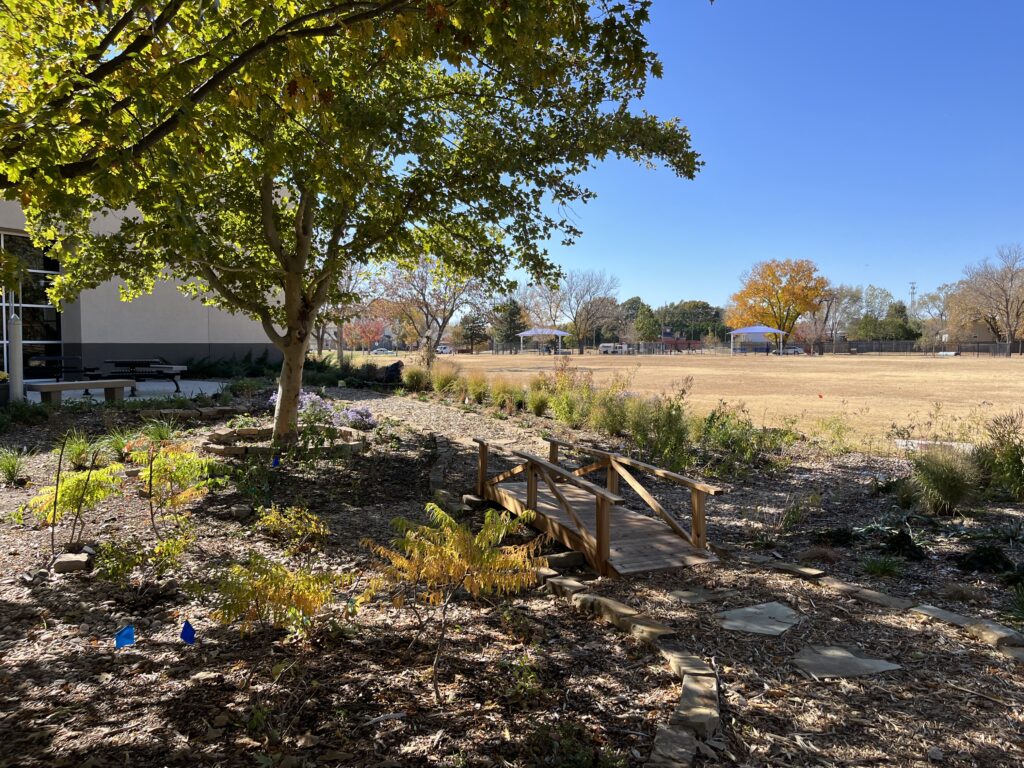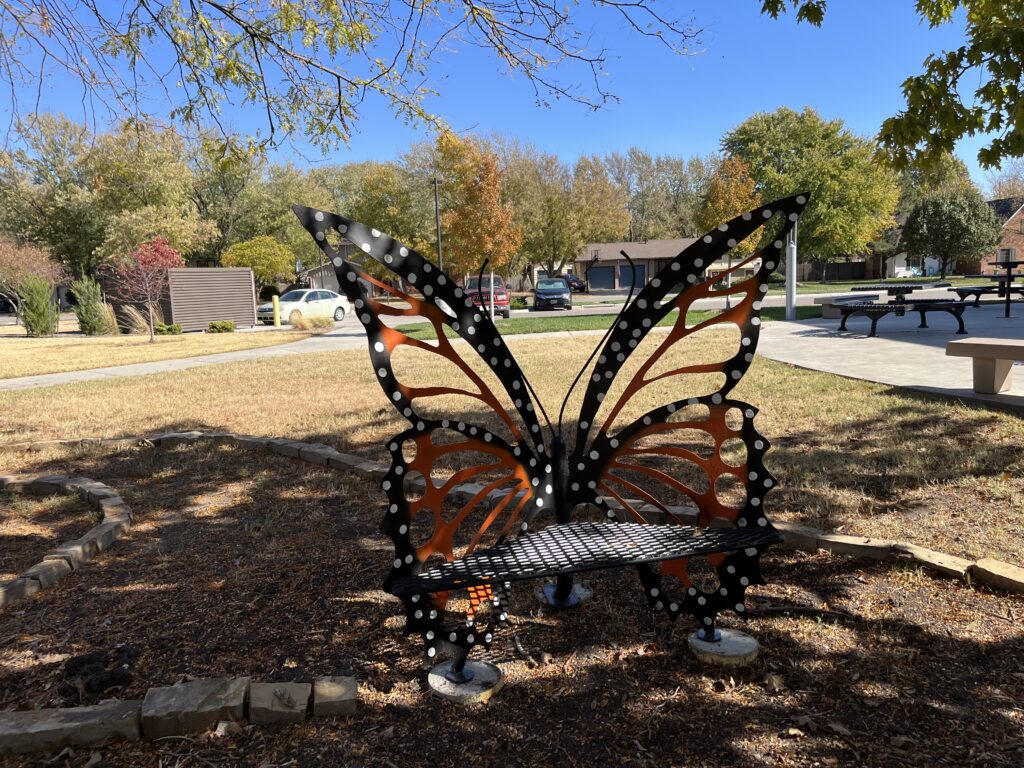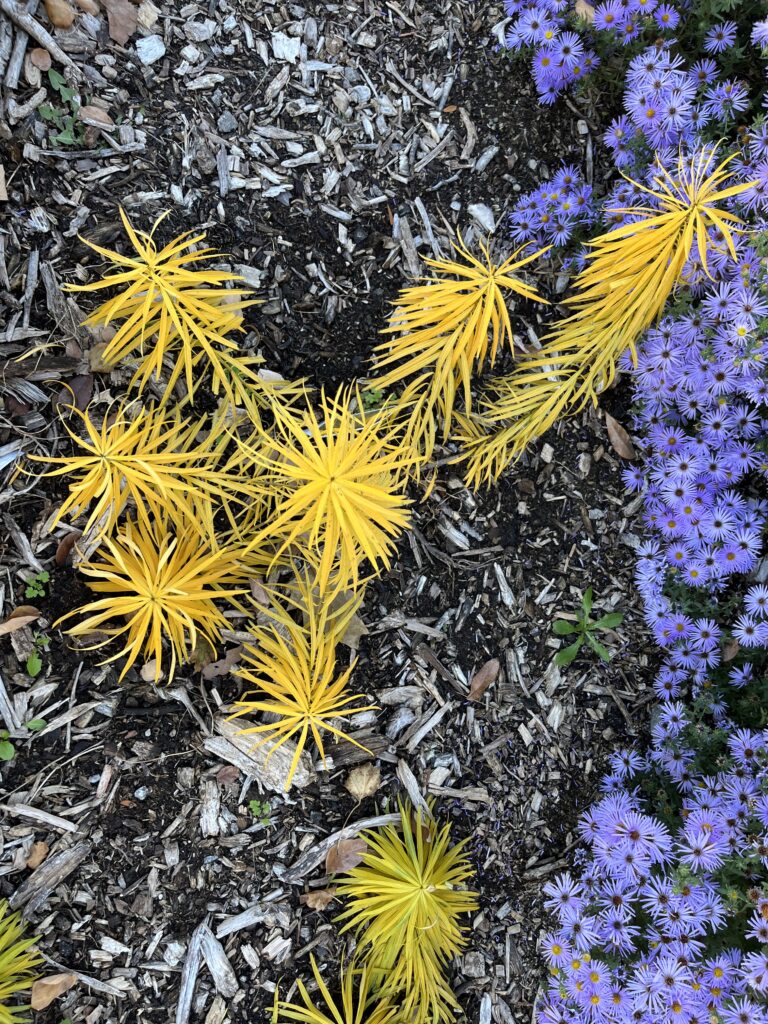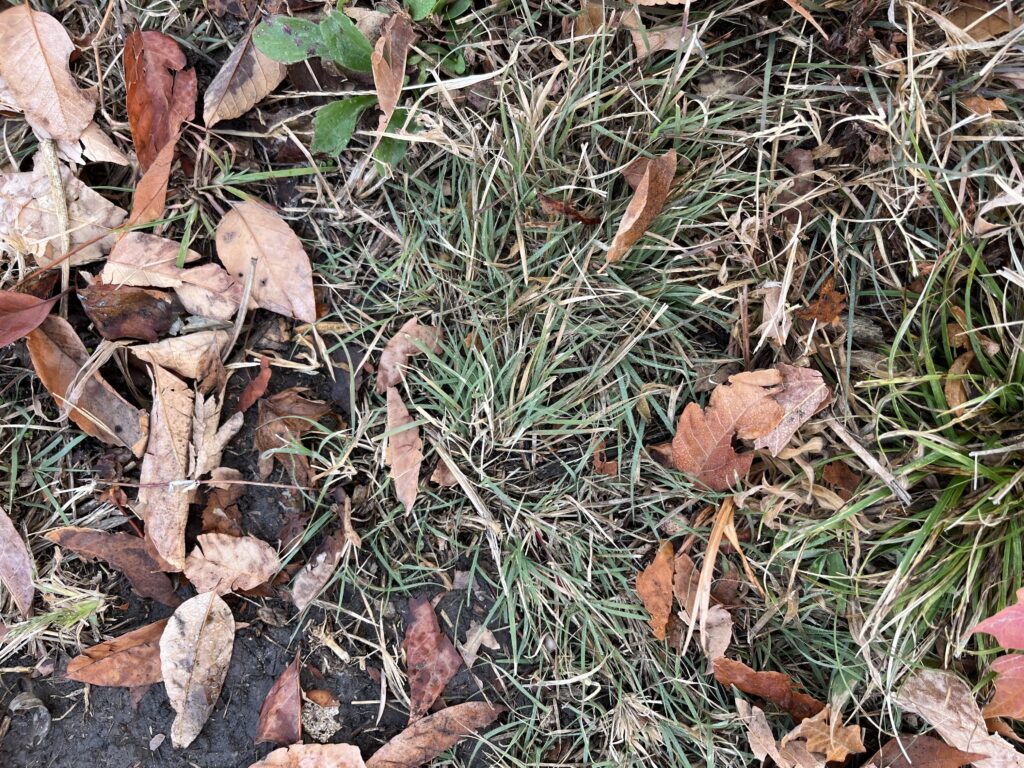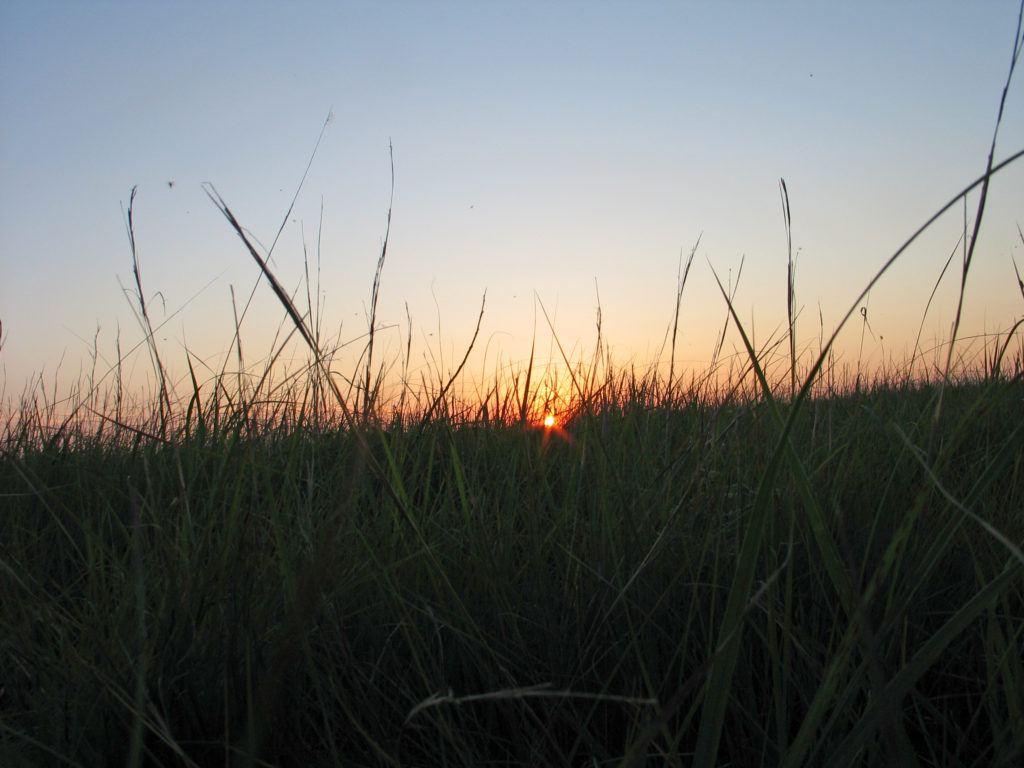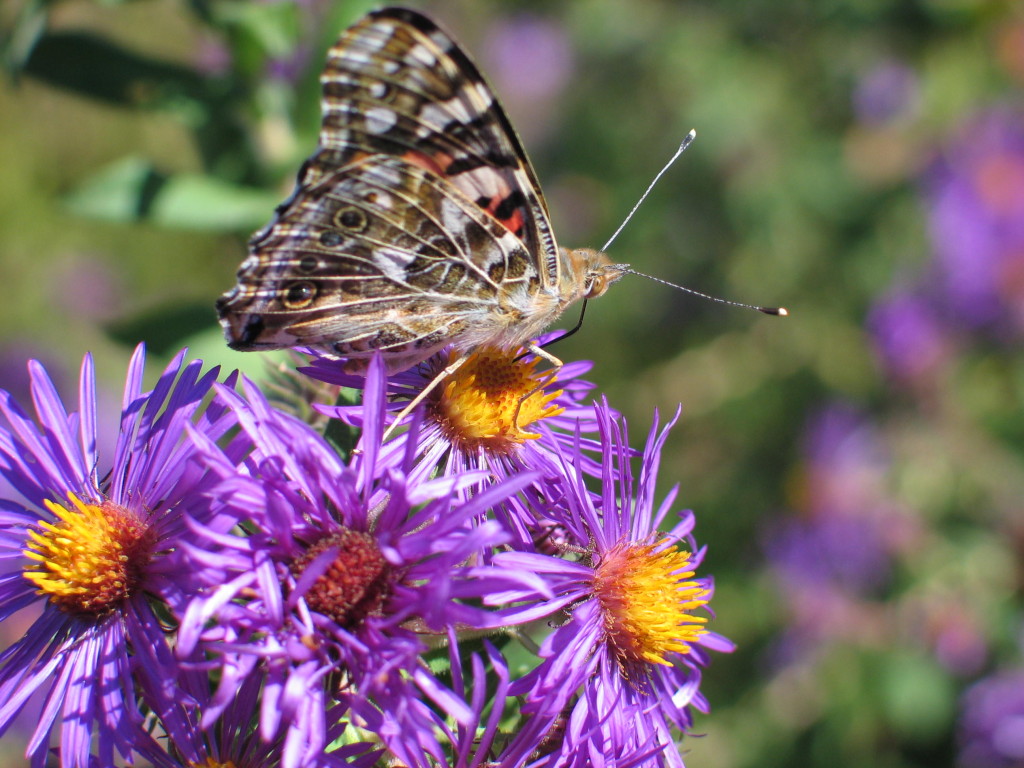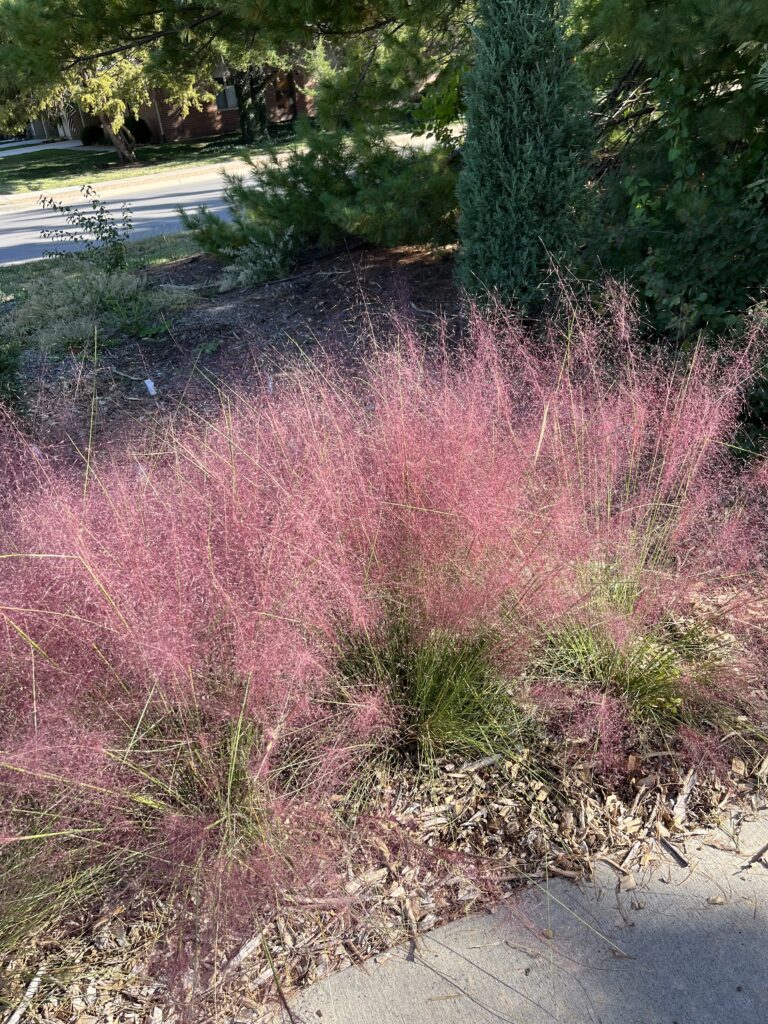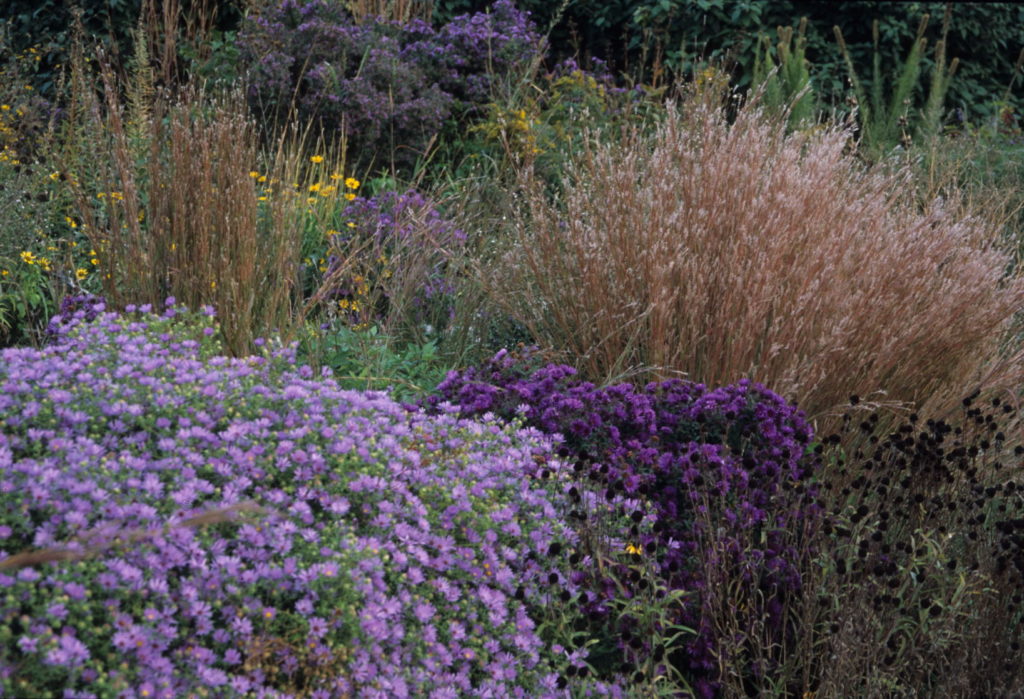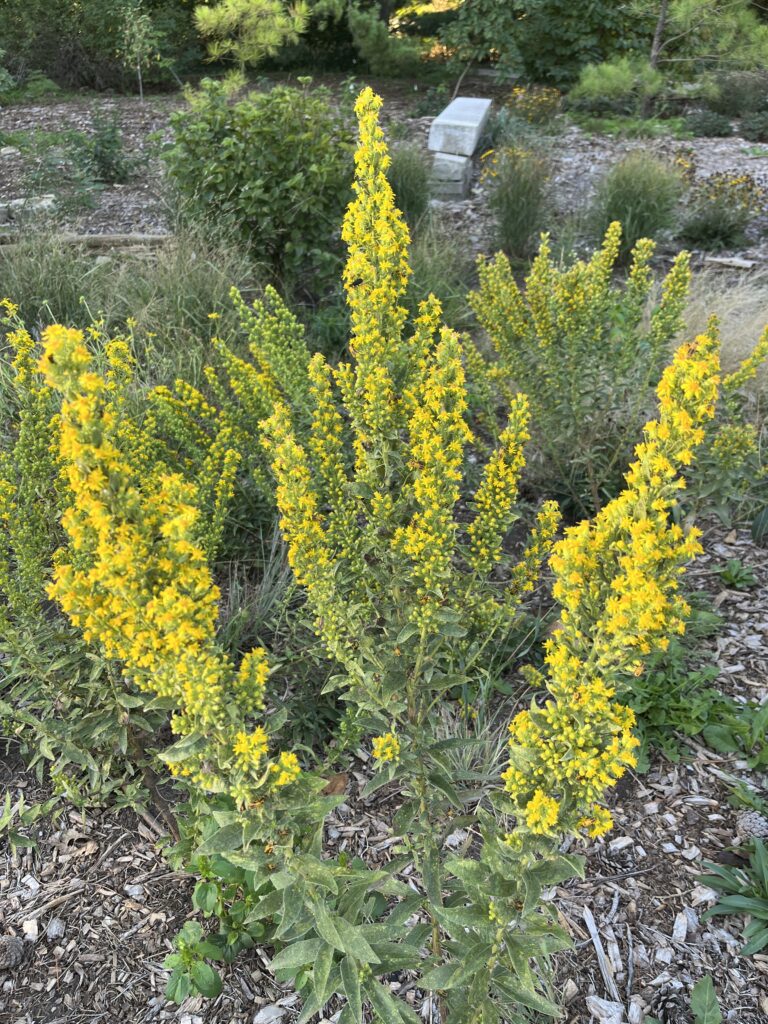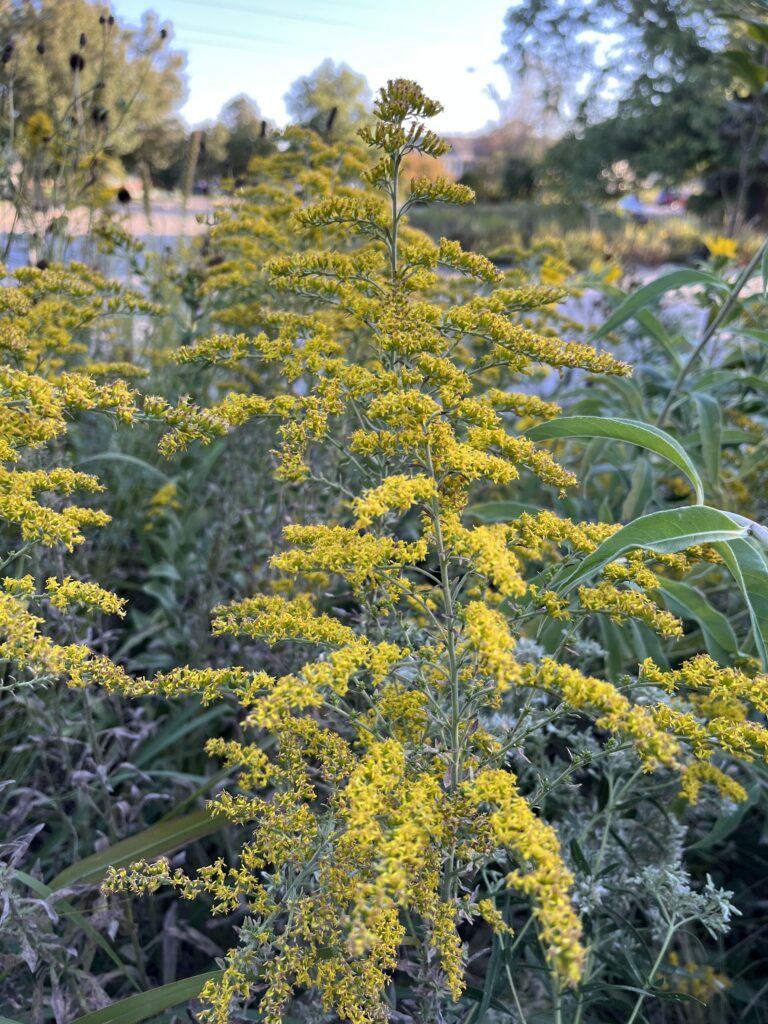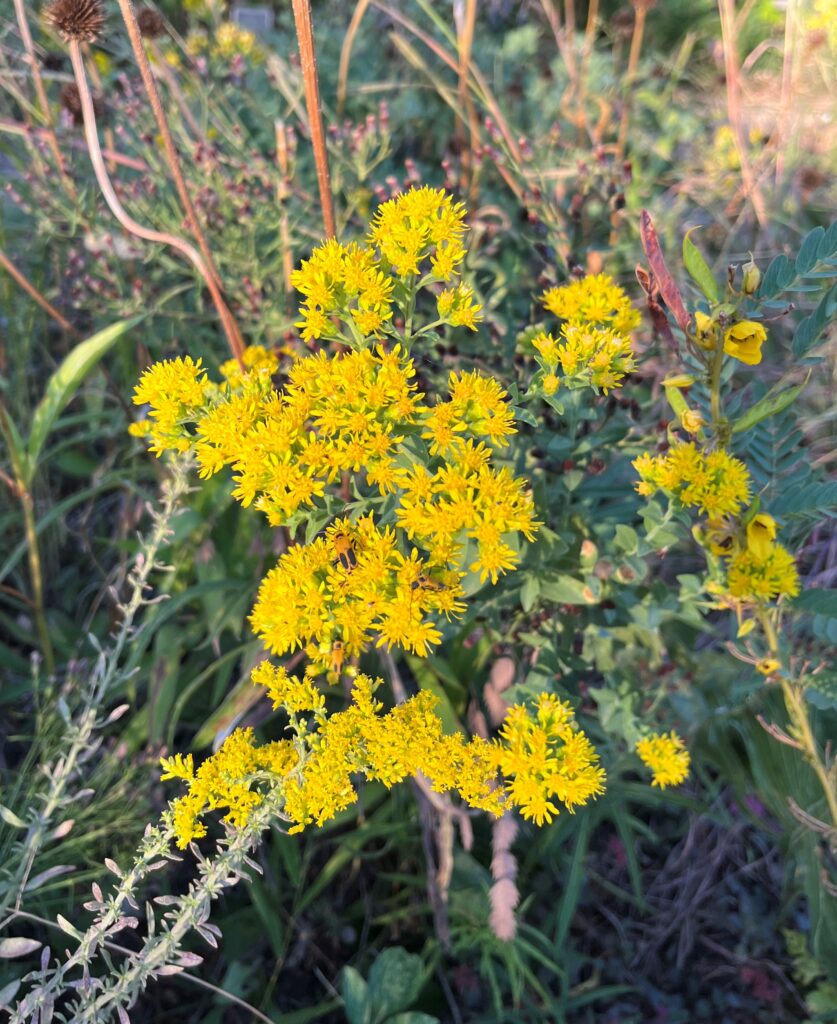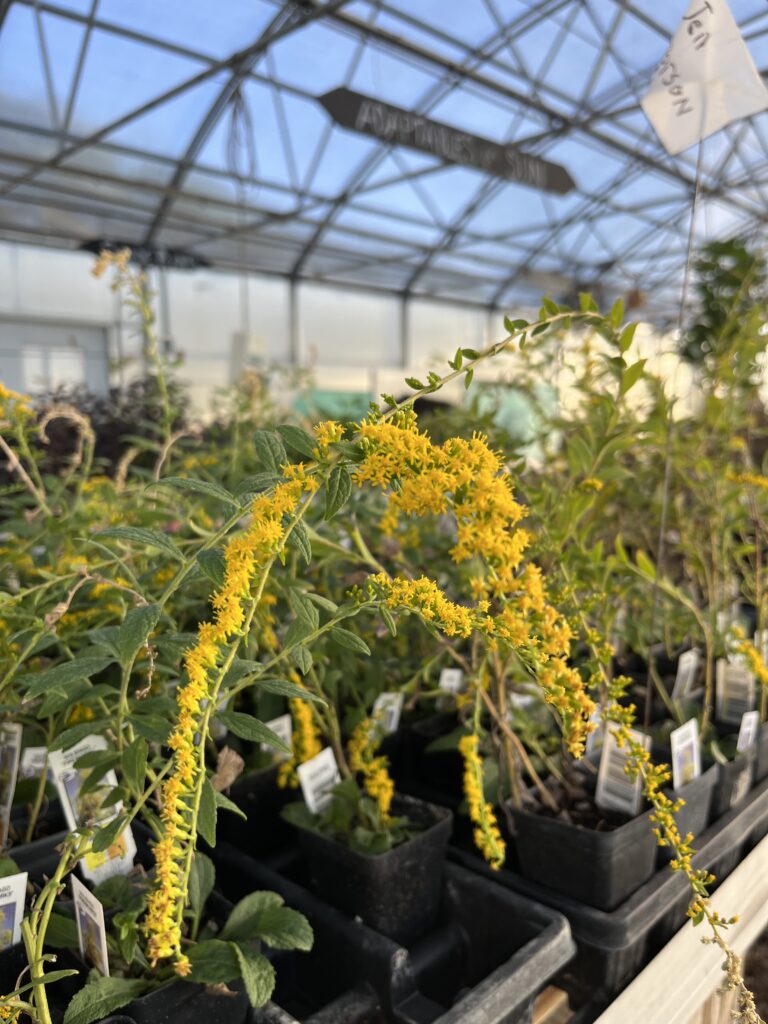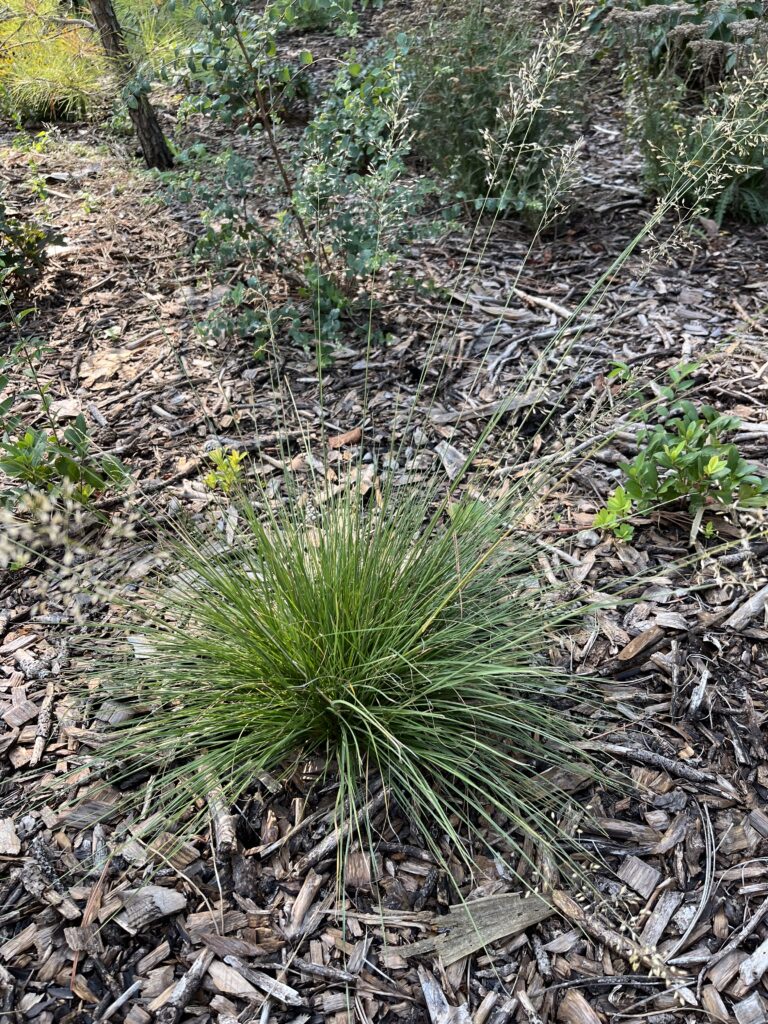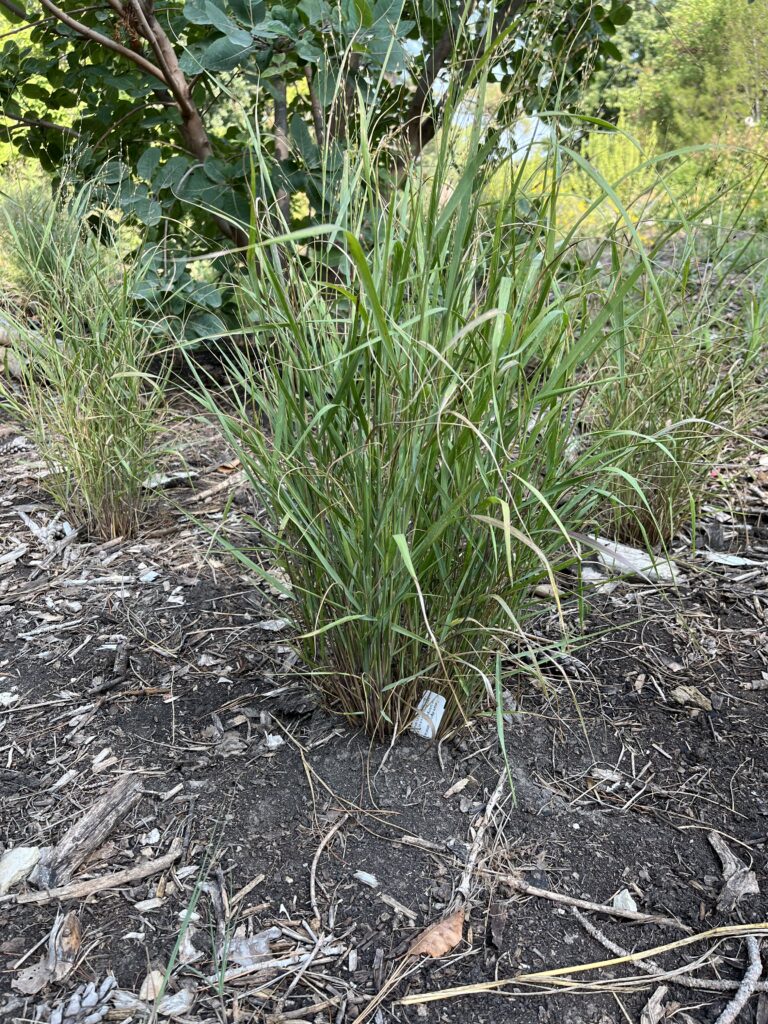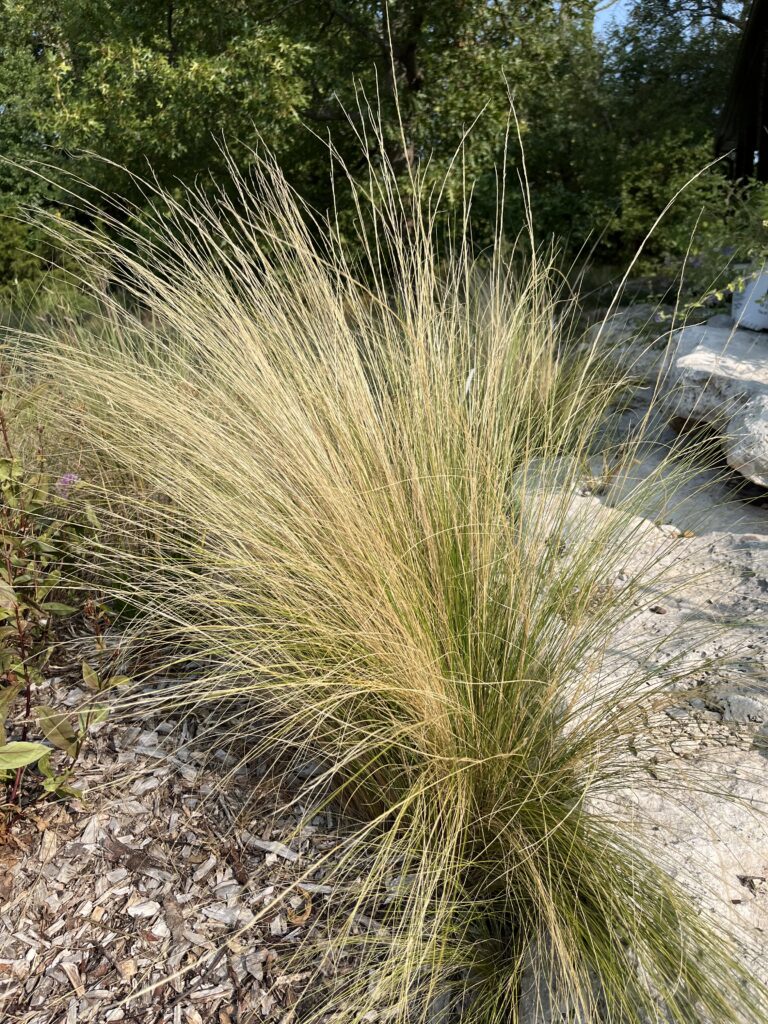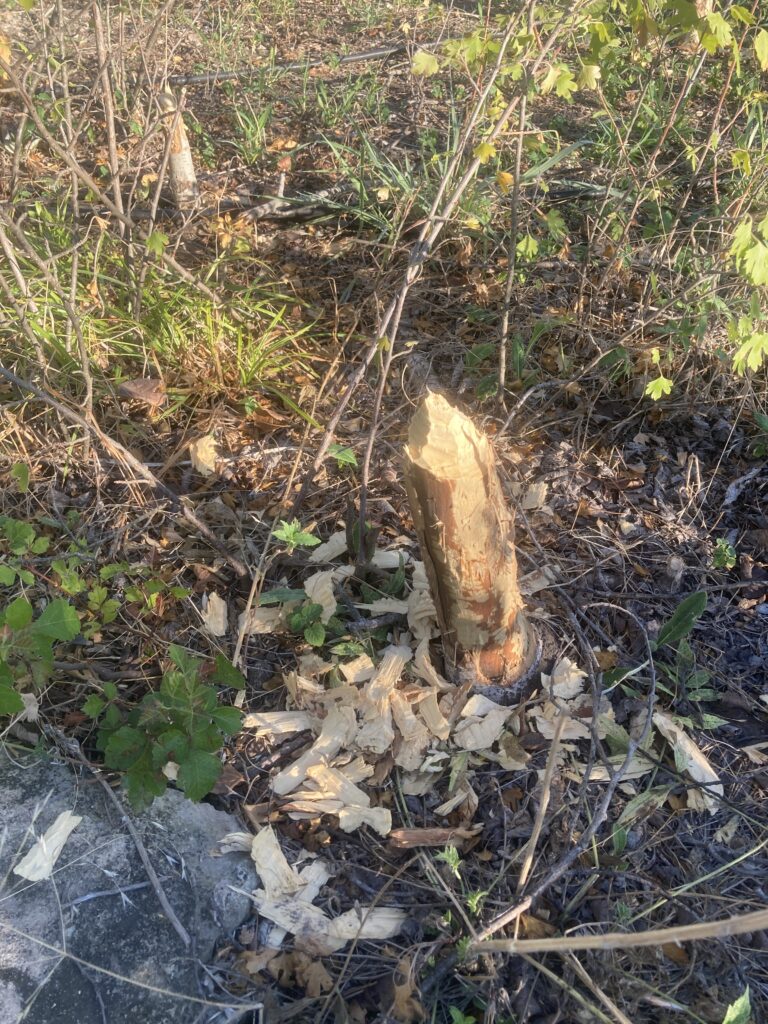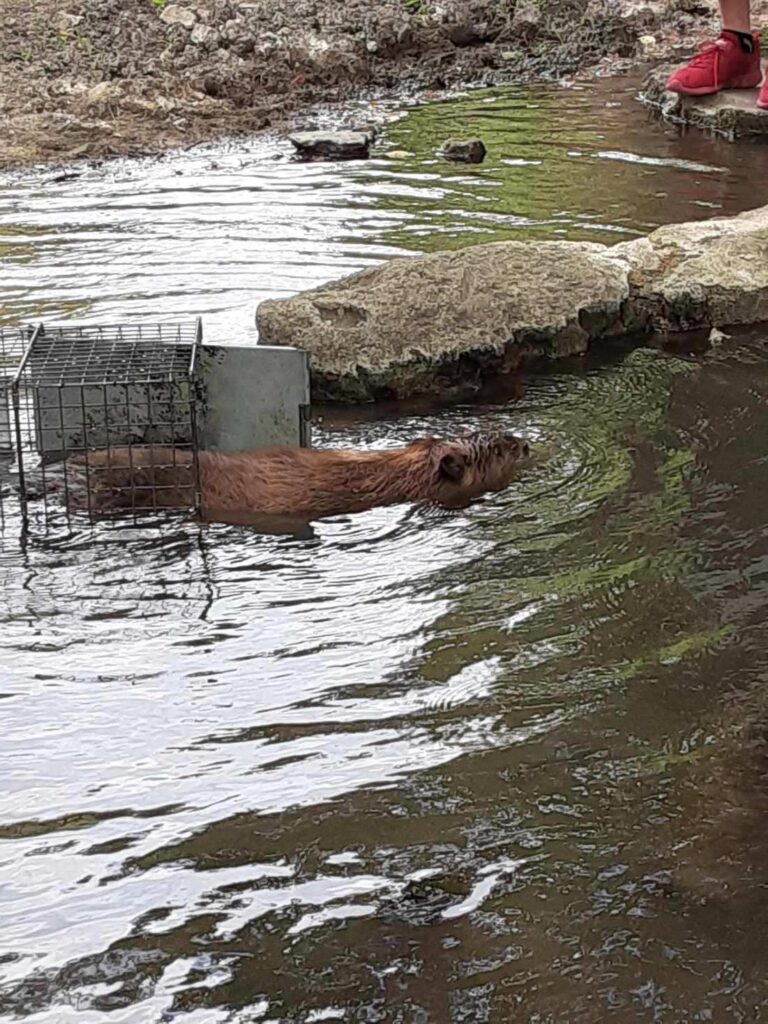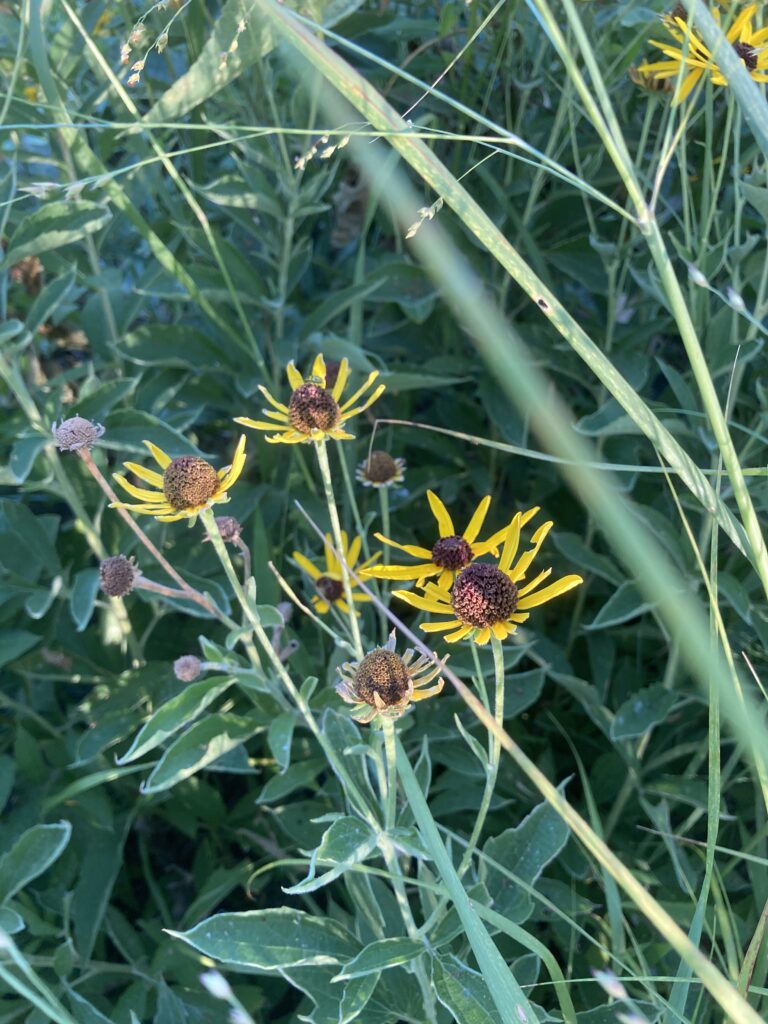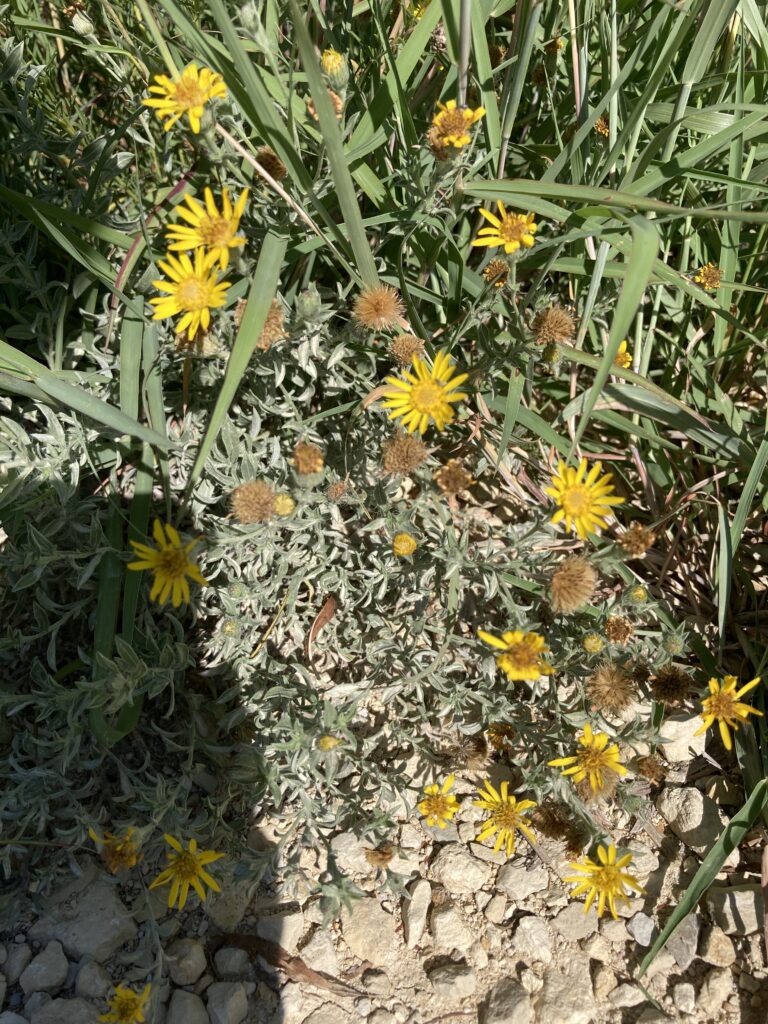Winter is a great time for gardeners to curl up on the sofa and pore over seed and plant catalogs. Every year I try to order a few new plants to spice up our inventory and widen our species diversity. Just looking at all those beautiful blooms to choose from gets me excited for spring! Luckily, when I am ordering plugs and bulbs to grow in the greenhouse, I get to spend hours doing just that. Here are some new adaptable plants we will be offering at our spring FloraKansas:
Gazania linearis

This tough South African native is hardy to zone 5 and loves dry conditions. An extremely long bloomer, showing off its sunny yellow flowers for much of the summer, it only reaches six inches tall. Strappy grass-like foliage can be thick and form a ground cover. This plant is right at home in rock gardens and tough spots that don’t get much irrigation. Pair with native flax (Linum perenne) and fame flower (Talinum calycinum).
Peony Itoh x Pink Double Dandy

Itoh peonies, also known as intersectional peonies, are stronger and larger than regular garden peonies. A rare and hard-to-find hybrid between tree peonies and garden peonies, they are becoming more readily available these days. Known for fantastically huge blooms and an upright habit, never flopping over in the rain like other peonies do. This is a new introduction, with blooms boasting a bright pink center and paler pink edges. It makes a great centerpiece of any garden, or show-stopper when planted in groups along a driveway or border.
Heuchera ‘Peachberry Ice’
Coral bells is a favorite shade plant for many people. Colorful foliage, low maintenance, dainty blooms – it has a lot of appeal! Given a bit of moisture and some protection from sun during the hottest parts of the day, coral bells is long lived and easy to grow. This new selection from Proven Winners has a showy range of copper to blush leaves and a bushy habit. We are excited to try it out on our grounds if we can find the right spot.
Dianthus ‘Red Rouge’

Dianthus, also known as cheddar pinks, is a tough little plant that loves sun and hot weather. The single blooming variety (seen above) is also great for pollinators, and pairs well with Kansas native Hymenoxys scaposa and Sporobolus heterolepis, both short and sun loving as well. Dianthus tend to rot if the roots stay moist too long, so be sure the soil has good drainage. Plant along sidewalks and at the front of the garden border.
I never get tired of researching new plants and trying them out on our grounds and in the greenhouse. Look out for our next post all about the new Kansas natives we have added to our inventory for the upcoming spring sale. Hopefully dreaming of these beauties will help you get through the long winter still ahead. And when the ground thaws, we can all get our shovels dirty once again!


